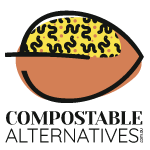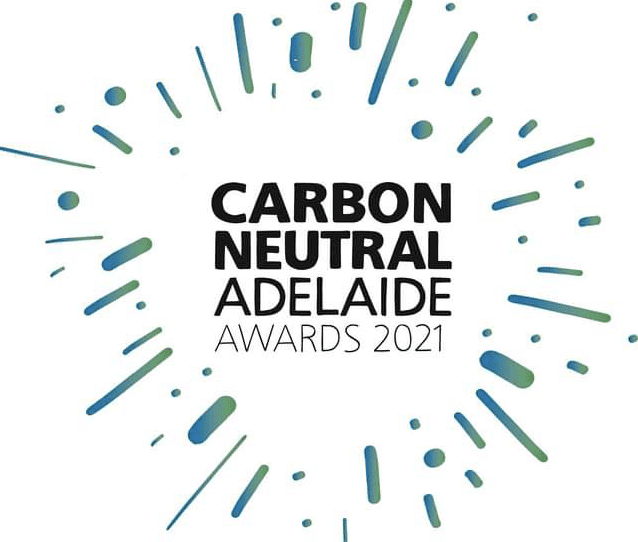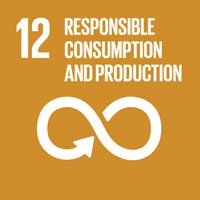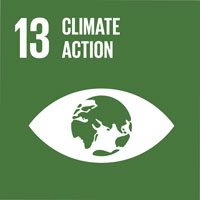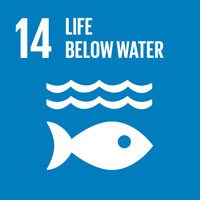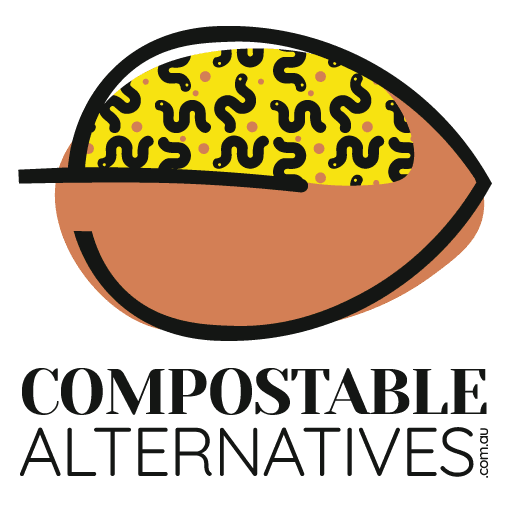The Ultimate Guide to Compostable Packaging Materials 2023: A Comprehensive Overview for Cafes and Businesses
In today’s ever-evolving world of sustainability, businesses are taking the lead in adopting eco-friendly practices, and compostable packaging is at the forefront of this movement. Compostable packaging offers a revolutionary solution that aligns with the principles of the circular economy. Unlike the conventional linear model of ‘take-make-waste,’ compostable packaging offers a way to responsibly dispose of materials, significantly reducing their impact on the planet.
However, despite the growing familiarity with compostable packaging, there are still some misconceptions that linger. If you’re a cafe owner, manager, or barista looking to make informed decisions about packaging purchases while inspiring your customers through sustainable practices, this comprehensive guide is for you.
Are you thinking about using compostable packaging in your business? It pays to know as much as possible about this type of material so you can communicate with and educate customers on the right ways to dispose of it after use. In this guide, you’ll learn:
- Understanding compostable packaging
- Exploring bioplastics
- The pros and cons of compostable packaging
- The difference between biodegradable vs. compostable
- How to educate customers about composting
Let’s get into it!
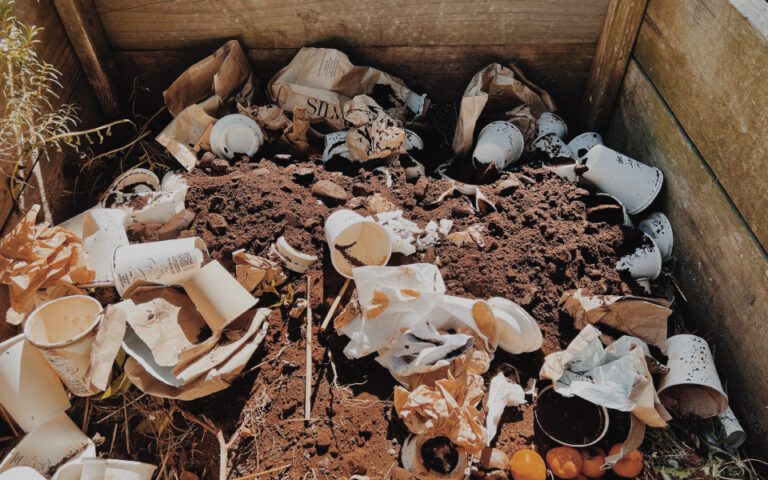
Not sure which type of compostable packaging is best for your business? Here’s what you should know about choosing between Compostable Alternatives home compostable solutions and other commercially compostable products.
Understanding Compostable Packaging
Compostable packaging, in essence, refers to packaging materials that break down naturally under specific conditions. Unlike traditional plastic packaging, which lingers in the environment for centuries, compostable packaging is derived from organic materials that degrade within a reasonable timeframe, leaving no harmful residues. This packaging can be crafted from three primary materials: fibres, cardboard, or bioplastics.
Exploring Bioplastics
Bioplastics are an essential component of some compostable packaging. These plastics are derived from renewable resources, such as agriculture waste and byproduct, and can either biodegrade naturally or through a combination of mechanical biodegradation for its natural breakdown. Bioplastics play a crucial role in reducing our reliance on fossil fuels for plastic production. They are derived from plant extracts like corn, soybeans, wood, used cooking oil, algae, sugarcane and more. One of the most commonly used bioplastics in packaging is PLA (polylactic acid), usually derived from plant extracts like cornstarch or sugarcane.
The Pros and Cons of Compostable Packaging
When considering compostable packaging for your business, it’s important to weigh the advantages and drawbacks.
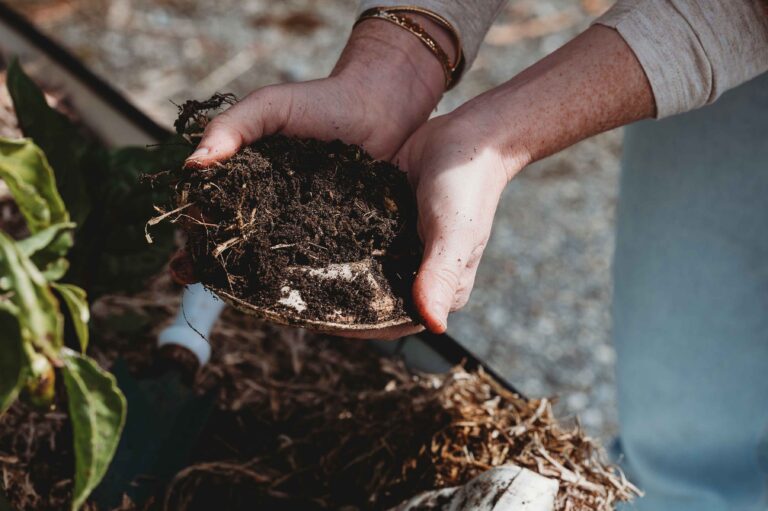
Pros
- Lower Carbon Footprint: Bioplastics used in compostable packaging generate significantly fewer greenhouse gases than traditional plastics.
- Rapid Decomposition: Compostable packaging breaks down quickly compared to conventional plastic.
- Nutrient-Rich Output: Compostable packaging turns into nutrient-rich materials that can enhance soil health and environmental ecosystems.
Cons
- Proper Disposal Required: Most compostable packaging require specific conditions to become compost.
- Composting Knowledge Needed: Successful composting demands understanding from both businesses and customers, and education is key especially when switching from plastic to compostable products, to ensure products’ end-of-life is maximised.
- Limited Shelf Life: Compostable packaging’s organic nature leads to a shelf life of around 12 months for most products containing bioplastics.
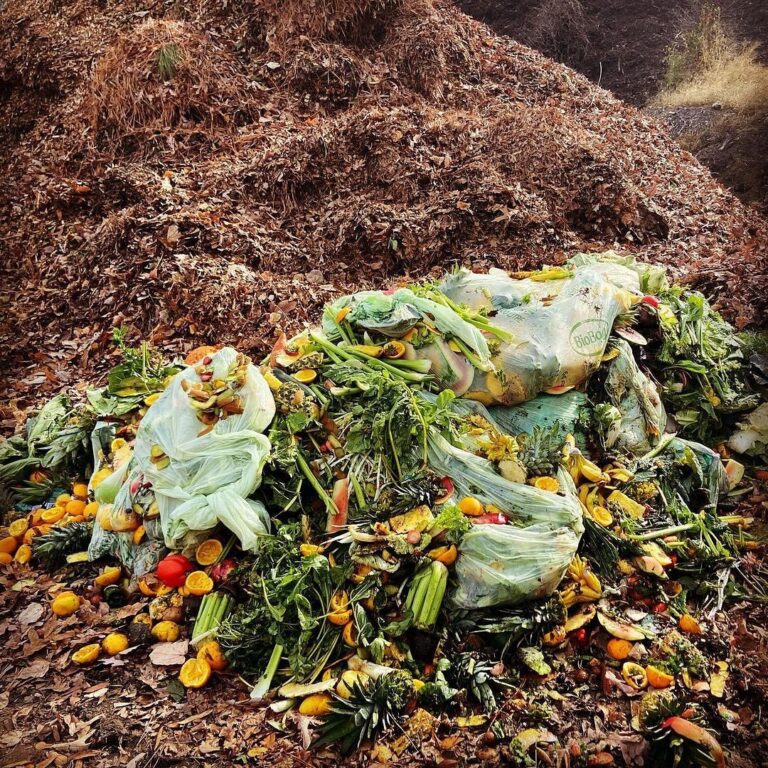
The Downside of Traditional Plastic Packaging
Conventional plastic packaging’s reliance on non-renewable resources like petroleum has severe consequences for the environment. The extraction process involves a substantial carbon footprint, while discarded plastic fragments into microplastics that persist for centuries. This type of packaging is non-biodegradable as it can take more than 1000 years to decompose in a landfill, and contributes significantly to global plastic waste.
Paper and Cardboard: Perfect for Composting
Both paper and cardboard can be recycled (if clean) and composted, making them excellent choices for environmentally conscious packaging. Paper is a fully natural and renewable resource derived from trees. Cardboard, due to its carbon content, provides essential nutrients for compost heaps, breaking down efficiently over a few months.
Compostable Alternatives packaging products that can be composted
Leading the way in certified home compostable packaging, Compostable Alternatives offers a great range of compostable takeaway products for cafes and businesses:
FibreHome Compostable Coffee cups. Certified to the Australian Standard 5810 our cups uses FSC-certified paper with a water-based dispersion coating and are printed with clear disposal instructions using soy-based inks.
Home Compostable Coffee lids. Certified to the Australian Standard 5810 our moulded lids are made of fibres and unprinted. Both our cups and lids naturally break down in a home compost setup in about 10 weeks.
Home Compostable Coffee Sleeves. Our cups and lids come wrapped in paper sleeves that can be recycled or composted.
Grass Straws. Our straws are a naturally hollow plant the way Mother Nature created it.
Home Compostable Customised Coffee cups. Internationally certified to the Australian Standard 5810 with TUV Austria our cups uses FSC-certified paper with a water-based dispersion coating and are printed using soy-based inks.
Home Compostable Gloves. Our gloves are worm-friendly, food grade and certified to the AS5810 standards. They are made from PLA and PBAT, a bio-based polymer and are certified to break down within six months at home and three months in a commercial environment.
Home Compostable Cling Wrap. Our cling wrap is microwave and freezer safe, certified to the AS5810 standards and made from PLA and PBAT, a bio-based polymer.
Home Compostable Bin Liners and Produce Bags. Our liners are made locally in Adelaide with a bio polymer called Bi Resin, GMO and palm oil free. They are certified to the Australian Standard 5810 for home composting.
Packaging and Shipping Boxes. All our packaging boxes are made from recycled cardboard, printed with soy-based ink.
How To Educate Customers About Composting
Your customers have two options for composting their packaging at its end-of-life: they can find a composting facility near their home (this could be an industrial or community facility) or they can compost packaging themselves at home.
Finding Composting Facilities:
North America: Find a commercial facility with Find a Composter.
United Kingdom: Find a commercial facility on Veolia or Envar‘s websites, or check out the Recycle Now site for local collection options.
Australia: Find a collection service through the Australia Industry Association for Organics Recycling website or donate to someone else’s home compost through ShareWaste.
Europe: Varies by country. Visit local goverment websites for more information.
Home Composting:
To help people on their home composting journey, we’ve created two guides:
- How to get started with home composting
- How to compost in an apartment building.
If you need help educating your customers on how to compost at home, these articles are full of tips and tricks. We’d recommend sending the article along to your customers, or repurposing some of the information for your own communications!
Conclusion: Embrace Compostable Packaging
On top of embracing reusable options, incorporating compostable packaging into your business is a great step towards sustainability. Understanding its pros and cons empowers you to make informed choices, ensuring a positive impact on both your business and the environment. By offering compostable options, you’re setting a compelling example of eco-consciousness that can inspire others to follow suit.
As you embark on this journey, remember that Compostable Alternatives is here to support you with alternatives to single-use plastic and bioplastic for your takeaway packaging, making the transition smoother and more impactful. The ultimate goal is to minimize packaging waste while contributing to a healthier planet for generations to come. So, are you ready to embrace compostable packaging materials and make a lasting difference? Start your journey today! 🌱
About the author:
Marion is a French entrepreneur, profoundly interested in the composting industry. Her words are her own thoughts and come from her research and learning. Although she quotes and sources the information she shares, Marion is not a scientist or a researcher and her opinions should not be understood as a scientific truth.
Through her findings and experience in the industry, she is attempting to support hospitality businesses and producers in their search of alternative choices to single-use and other types of plastic packaging. You should always do your own research to best inform yourself.
Share this article :
Learn more about compostable packaging in Australia
Marion Vigot
Compost Club Blog
- All Posts
- Coffee Cups
- Composting
- News
- South Australia
- Back
- commercially compostable products
- home compostable products
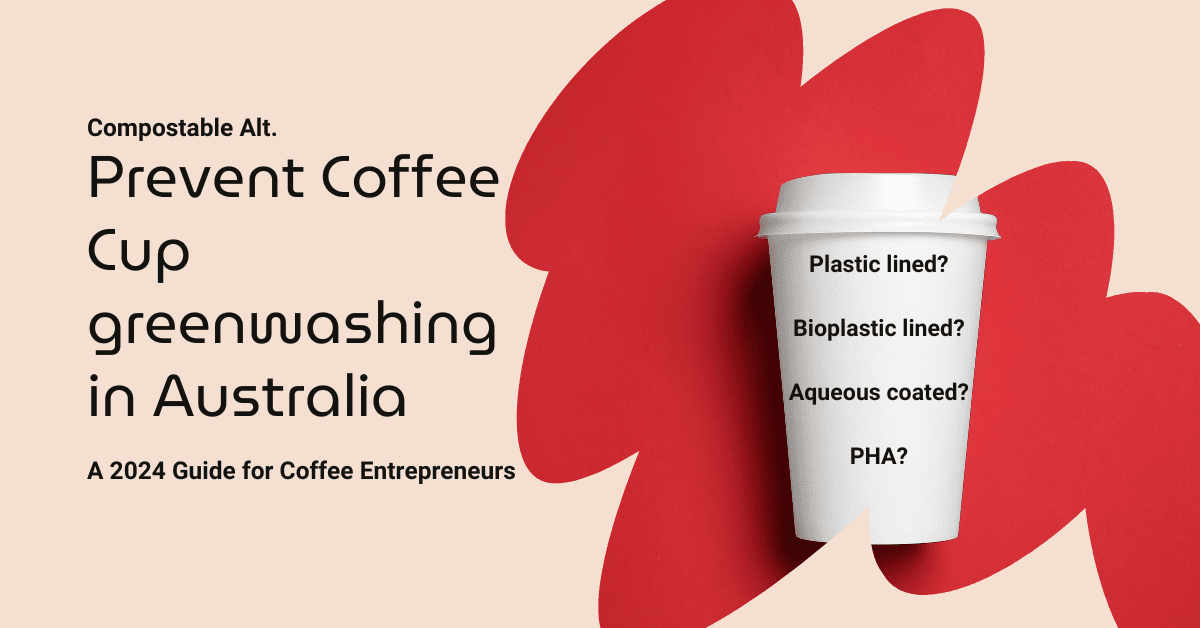
Prevent Coffee Cups Greenwashing: A 2024 Guide for Coffee Entrepreneur Australia’s coffee culture is booming, and with it comes the…

The Power of Sugarcane Bagasse Lids! Hey there, We’ve been proudly offering sugarcane bagasse lids since the beginning of our…

Attention all coffee lovers in Adelaide! If you're on the hunt for sustainable packaging solutions that keep your beans fresh…
